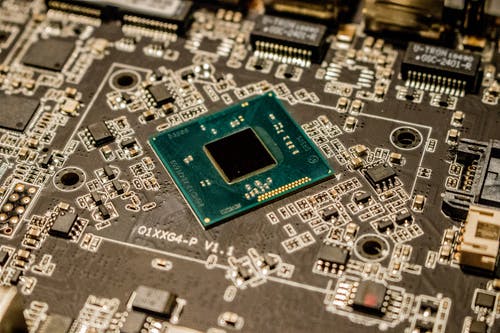Electronics to measure climate change
Semiconductors are being used to track and combat the effects of climate change. Their use could help scientists better understand the impact and process global warming has on the planet.
Climate change and global warming are topics that are often discussed in modern society, both by governments and individuals alike. There are certain industries that are thought to be larger contributors to the current situation. However, the electronics industry may be able to help rather than hinder the battle against climate change.
Accelerometers
These electronic components have been used to measure the effects of climate change through trees.
Accelerometers measure the vibration or acceleration of motion of a structure. Inside is a piezoelectric material, which makes an electrical charge proportional to the force caused by the motion.
The electronic device can be used for a variety of things, from spaceships to smartphones. But recently, researchers have been tying them to trees.
These so-called ‘tree fitbits’ can track the timing of tree activities like blooming or the leaves changing. Two ash trees in East Boulder were fitted with high-resolution accelerometers which tracked how they responded to the changing seasons.
The hope is that in the future tree phenology (the study of periodic events in biological life cycles) can be studied in relation to climate change. The accelerometers measured the amount that the trees swayed and the high frequency vibrations of the tree itself. This helps scientists track the phases of the tree (phenophases) as the seasons progress.
The data means that the start and end of each season for the tree, for example flowering in spring, can be measured and compared to data from previous years. The differences can be indicative of climate change and could be used as a warning sign.
Sensors
Miniscule sensors inspired by dandelion seeds could be scattered to track climate change indicators as well. The sensors were produced by a team from the University of Washington in Seattle. The electronic devices are made from polyimide films, and were manufactured using a laser-powered tool. Throughout its structure there are tiny holes, which aids it in floating like a dandelion seed.
The benefit of these tiny sensors means researchers can reach dangerous places without putting themselves at risk. Tracking temperature, humidity and other environmental signals across a large area would be beneficial to climate change research.
On board there are tiny solar panels and a capacitor that can store energy overnight when conditions are not optimal.
Indicators of change?
The future of the planet is not set in stone, and electronic devices can make a difference. Both in prediction and prevention, electronics are aiding us in our efforts. Lantek can provide electronic components for you to make your own change. Trust Lantek to supply you, contact us on sales@lantekcorp.com or 1-973-579-8100
This blog is purely for entertainment and informational purposes, it is in no way instructional.



